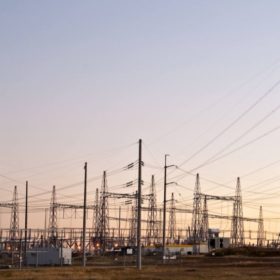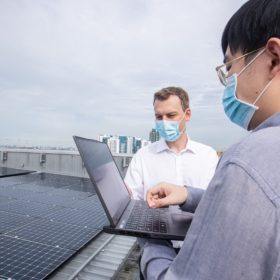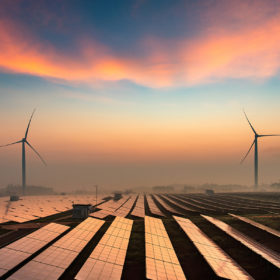4.9 MW Ramahyuck Solar Farm set to be first wholly owned and operated by an Aboriginal Corporation
The Ramahyuck District Aboriginal Corporation has won over $1 million in funding from the Victorian Government for the development of a 4.9 MW solar farm, as well as several other community arrays. This is a win for Indigenous self-determination and a proven long-term income and employment stream which will help to “enable a healthy, strong and vibrant Aboriginal community”.
Renewable energy prominent in state’s $52.2 billion infrastructure pipeline
The Queensland government will pour more than $580 million into increasing electricity network capacity and replacing ageing assets as part of a $52.2 billion infrastructure program designed to transform the state into a renewables, advanced hydrogen and manufacturing superpower.
Melbourne ranked among world’s top cities for rooftop solar
A global registry that uses satellite images to map and quantify the rollout of solar PV across rooftops in some of the world’s most iconic cities has ranked Melbourne among the top five for solar roof utilisation.
Are solar and wind the cheapest forms of energy? And other FAQs about renewables
Everything you ever wanted to know about the way we will ultimately derive all our power from renewable sources, and how quickly it will be achieved.
Suite of hydrogen-fuelled vehicles to enter Australian market following Warrego fanfare
Australian startup H2X is banking on bringing automotive manufacturing back to Australia with hydrogen. After its Warrego ute was met with startling fanfare last week, pv magazine Australia caught up with the company’s corporate affairs specialist, Tony Blackie.
How Europe’s carbon border tax will affect Australia
Europe plans to introduce a Carbon Border Adjustment Mechanism in two years, requiring importers to pay a carbon price on steel, iron, aluminium, cement, electricity and fertiliser initially. Experts explain what the changes will mean for Australia’s export future, and just how little the legality debate matters.
WA firms as green hydrogen frontier: McGowan’s new $50 million fund and bp’s plans to repurpose oil refinery
As part of the Western Australian government’s 2021-22 Budget, Premier Mark McGowan announced a new $50 million fund to stimulate the growth of the state’s green hydrogen industry for domestic use and exports. The fund comes on top of several ongoing initiatives and includes funding for private industry feasibility studies, including one which will see bp repurpose its Kwinana Oil Refinery into a green fuels hub.
Australian researchers develop direct solar-to-hydrogen generation tech
Developed by Australian scientists, the demonstrated system is claimed to achieve a solar-to-hydrogen efficiency of 20% at a levelised cost of hydrogen (LCOH) of $4.10/kg. The direct solar hydrogen generation technology is powered by a tandem perovskite-silicon solar cell with an unprecedented high open-circuit voltage of 1.271 V, and a power conversion efficiency of 24.3%.
The sci-fi future of EVs: vehicles could become the grid
Electric vehicles could autonomously transport electrons between where they’re generated and where they’re needed based on algorithms and smart software, predicts JET Charge CEO Tim Washington. Such a future, he admits, is “pretty sci-fi” and still a while off.
Wood-fed hydrogen plant proposed for NSW in $15 million Singapore deal
Plans to create hydrogen by burning wood have swollen in New South Wales’ Hunter Valley, after sawmill offshoot, Sweetman Renewables, yesterday announced a $15 million deal with Singapore’s CAC-H₂ to construct the country’s largest wood-fed hydrogen production plant.















